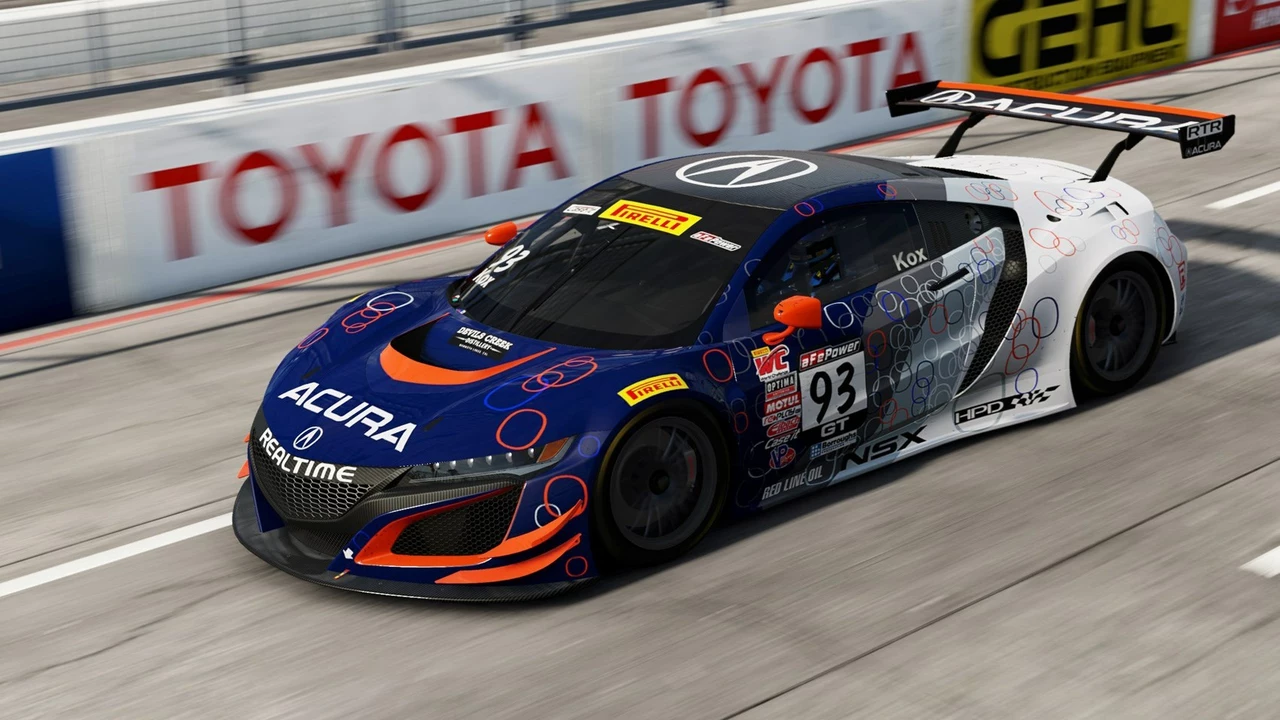Racing Complexity – Why Motorsports Are More Than Speed
Ever wonder why a race feels like a chess match at 200 mph? It’s not just the roar of engines. Every lap blends track design, bike setup, rider focus, and split‑second decisions. Understanding this mix helps you appreciate the sport and decide if a racing career is right for you.
Track layout and the art of the circuit
Take a look at famous circuits like the Nürburgring or Spa‑Francorchamps. Their twists, elevation changes, and long straights force riders to balance grip and bravery. A tight corner may demand a late brake, while a sweeping bend rewards a smooth line. That’s why a beautiful circuit is also a demanding puzzle – you’re constantly adapting your line, throttle, and body position.
Bike tech and driver skill – the perfect partnership
Modern race bikes pack adjustable suspension, electronic traction control, and turbocharged engines. But all that tech is useless if the rider can’t read the track. You’ll spend hours tweaking tire pressure, gearing, and suspension settings to match weather and surface. When the rain hits, those tweaks become life‑or‑death choices. The complexity here lies in matching mechanical precision with human instinct.
Career‑focused readers should know the sport offers more than just a seat on the grid. From engineering roles to media commentary, each path needs a deep grasp of the sport’s intricacies. If you love the adrenaline of the pit lane, consider a technical apprenticeship; if you enjoy storytelling, race reporting lets you share the drama behind every overtake.
Training for a racing career isn’t a straight line either. You’ll start on smaller tracks, learn to read telemetry, and practice racecraft‑specific drills like late braking and drafting. The grind builds physical stamina, but also sharpens mental focus – you’re constantly processing speed, distance, and competitor moves.
Fans often ask why some tracks look picture‑perfect while others feel like a maze. The answer is safety mixed with spectacle. Designers place runoff areas, barrier types, and viewing spots to protect riders and keep the audience engaged. That careful balance adds another layer of complexity that most casual viewers miss.
When you watch a race, notice how teams communicate. A split‑second pit call can change the outcome, especially on fuel‑limited circuits. Engineers monitor data streams, looking for optimal lap times, tire wear, and engine temperature. Those numbers drive strategy, turning a simple lap into a data‑driven decision.
So, whether you’re a rider, a tech whiz, or a fan wanting more depth, recognizing the multiple moving parts makes the sport richer. It’s not just about who crosses the finish line first; it’s about how every component works together under pressure.
Ready to explore a race track in person? Pick a circuit known for both beauty and technical challenge – think the Red Bull Ring or Circuit of the Americas. Feel the bumps, hear the wind, and see firsthand why racing complexity is what keeps us hooked.
